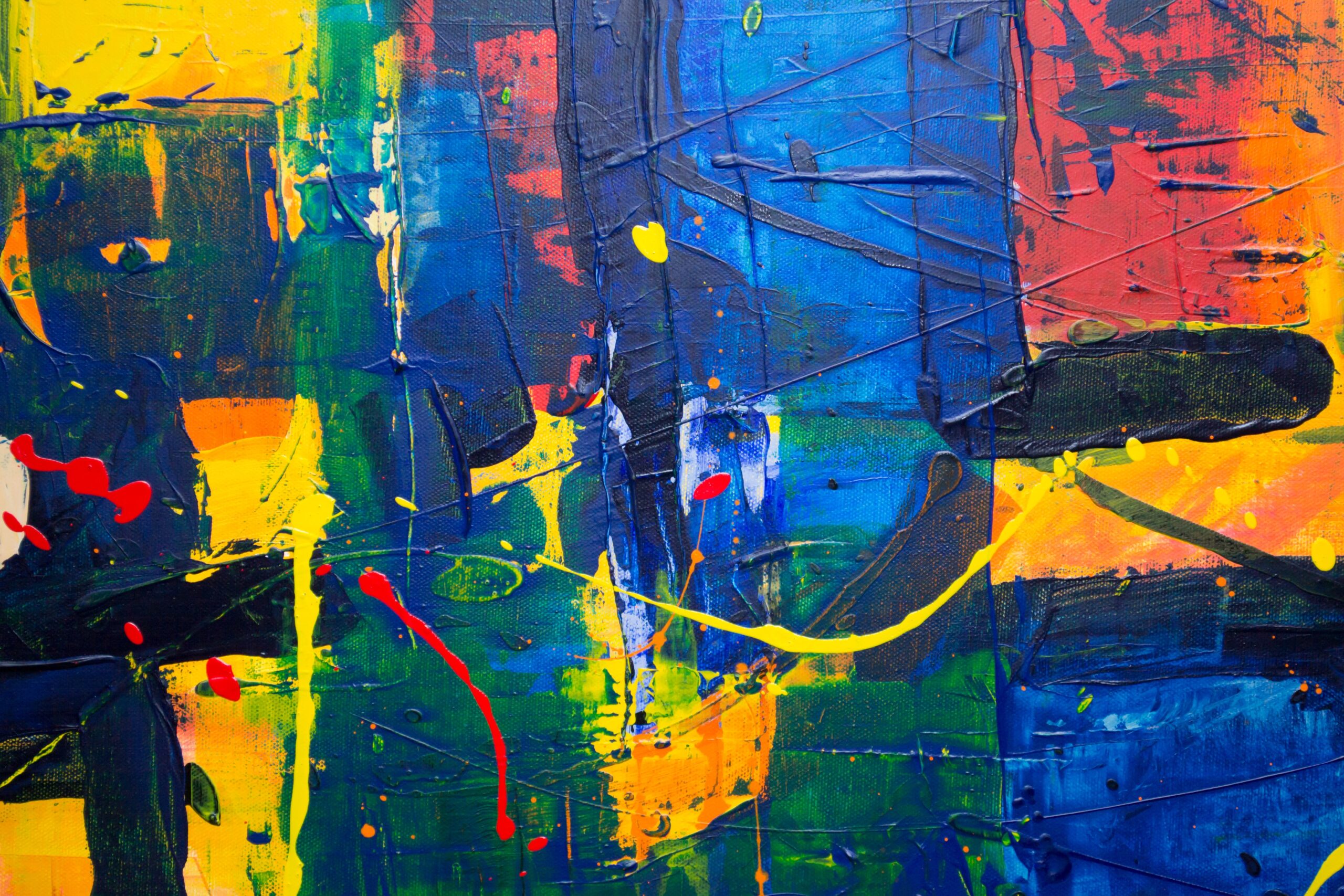The first thing to know before writing an art review is to have a sound idea of what art reviews can be. When you are told to write about art for an art class or an art exhibition, what should you write about, or better still: what is an art review? Art reviews are like any other type of review: they are the inner mind of the viewers, feelings, and critiques of the viewers. An art review is what a person feels about a particular art piece and then decides to write an art description of what they just witnessed.
An art review contains the art description, hidden meaning you get from the art piece or what the artist was trying to pass, the work details of the artist, the judgement you have on the painting—whether good or bad and so on.
THE BEST WAY TO WRITE YOUR ART REVIEW
When you are to write a review of art, there are certain things you need to do to make your work unique.
- Research the artist and the art piece. For you to make a resounding, informational review of art, a quick look at the background of the artist will give you a proper insight into what the artist creates. It will also tell you more about other art pieces the artist has done, so you can link them with the one you’re reviewing. Proper research makes your work solid.
- Pay attention to details. To get encrypted messages, the artist has passed, or the meaning of the art entirely, you need to pay attention to every sketch, the outline of the art piece… everything! Never leave out any little detail in an art piece while paying attention to the art piece you’re to review.
There are four steps to consider while writing an art review.
Ø DESCRIPTION
When you need to get the best art review, you need to write an art description. You have to take a good look at the drawing and be able to describe everything: the emotions behind the art and the story the artwork is trying to convey. It means taking time to set out everything the art entails. If you are to write a review for an exhibition, the description must take a larger picture in your review. And also, you have to write this down in your review. This step requires you to write what you see in the piece that you feast your eyes on.
Ø ANALYSIS
An analysis is a detailed examination of how its structure or element correlate with each other. This is very essential when you need to write on art. It also leads to a detailed description. Analysis needs you to pay attention and examine what is going on in the art piece. For instance, the color, style, and other forms of art. It is called pouring your heart into the artwork and wondering what the artist saw when he picked his canvas. Taking highlights while reviewing an art piece will build up the uniqueness of an artwork review.
Ø INTERPRETATION
With your art description and analysis, you will be able to pull up an interpretation of the work of art you are meant to review. Here, you pull up the interpretation of your art piece and express all you’ve felt and seen—and probably—heard. You can use what you’ve gotten from your description and analysis to interpret what is behind the art piece. Then, you turn in the important information to the person reading the review. With the interpretation, the reader gets to see things that, perhaps, they didn’t notice because they didn’t bother to describe or analyze the art. Interpretation goes a long way in your book review because it helps the reader with a lot of information. So, if you’re to write an art review after this article, take note of your interpretation when writing your artwork review. “Interpretation is the revenge of the intellectual upon art.” was quoted by Susan Sontag.
Ø JUDGEMENT
Judgement of course is the main reason art reviews contain criticism. The discernment you pass to every art piece can be either good or bad; the perception you give helps the artist know how people feel about their art pieces and how well they like it. Your judgement must come after you’ve described, analyzed, and interpreted the artwork you are supposed to review. Your perception should be clear and concise, with reasons to criticize the piece. Paul Gauglin quoted in his article that: “There are two sorts of beauty; one is the result of instinct, the other of study. A combination of the two, with the resulting modifications, brings it a very complicated richness, which the art critic needs to try to discover.” The judgement you pass on in your review should be informative to both the artist and the person that will read it and don’t forget to present evidence that back your judgement.
- Read other art reviews. Reading other art reviews can show you how to get on with your artwork review. Reading other people’s reviews can give you insights, motivation, and experience to get your own done. When you watch the way they paid attention, described, examined, interpreted, and criticized it. It will help you build your work, and before you even realize it, you’ll have your artwork done. There are art review examples you should check out and draw inspiration to set up your artwork review. You can also visit 10news.com to get more of your writing pieces done.
In conclusion
Writing a review of artwork depends on a solid interpretation based on the evidence and facts and not based on opinion. The best way to write your art review is to adopt the four steps of art criticism. Thus, let your artwork be something from you. Additionally, look at it with an open mind and be honest about your deep judgement and feelings with no preconceived ideas.

